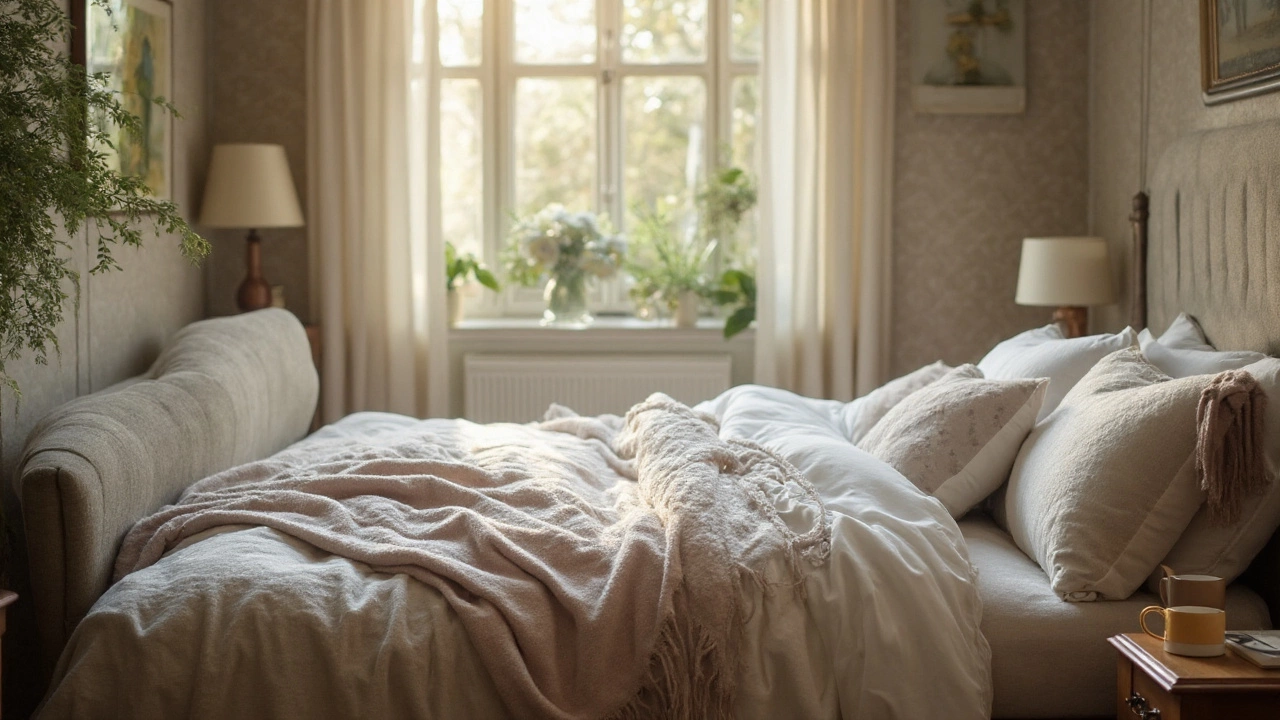Best Bedding: How to Choose Eco‑Friendly Sheets That Feel Amazing
When you pull fresh sheets back onto the bed, you want them to feel soft, breathe well, and last a long time. The good news is you don’t have to sacrifice the planet to get that. Below are the key things to look for, plus simple tips to keep your bedding fresh.
Material matters – pick what fits your skin and the earth
Organic cotton is the go‑to for most sleepers. It’s grown without harmful pesticides, so the fibers stay pure and the water use is lower than conventional cotton. Look for GOTS‑certified labels – that’s the gold standard for organic textile production.
For a cooler night, try linen made from flax. Linen gets softer with each wash and naturally regulates temperature, so you stay comfy whether it’s summer or winter. Bamboo viscose feels silky and is also grown with minimal chemicals, but check that the processing is done responsibly, as some bamboo fabrics involve harsh solvents.
If you love a plush feel, consider Tencel™ Lyocell. It’s made from sustainably sourced wood pulp and has a gentle, moisture‑wicking surface that keeps you dry. All three options—cotton, linen, bamboo—offer breathability, which is a must for a good night’s sleep.
Thread count, weave, and care – the details that make a difference
Higher thread count isn’t always better. A 300‑400 TC per‑hole count in a plain weave gives a balance of softness and durability. A percale weave feels crisp and cool, while a sateen weave adds a silky sheen if that’s your style.
Take care of your sheets the right way to avoid wear. Wash in cold water, use a gentle detergent, and skip fabric softeners – they can coat natural fibers and reduce breathability. Tumble dry on low or line‑dry to keep the fibers from breaking down.
Eco‑friendly bedding can also be a money‑saver. Many brands, including Eco Harmony Home, offer bulk packs that lower the price per set and reduce packaging waste. Look for recyclable or biodegradable packaging to cut down on landfill trash.
Finally, think about the lifespan. A high‑quality set of organic sheets can last 5‑10 years with proper care, which beats cheap, disposable options that need to be replaced every couple of years. That long‑term view reduces waste and saves you cash.
Ready to upgrade your sleep? Start by checking the label for organic certification, pick a material that matches your climate, and follow the simple care steps above. You’ll notice the difference the next time you crawl under the covers – softer, cooler, and kinder to the planet.
-

Choosing the Best Bedding: Sleep Better with Expert Tips & Top Materials
Find out which bedding choice is best for your sleep, health, and style. Learn about materials, seasonal swaps, sustainability, and expert shopping tips.
